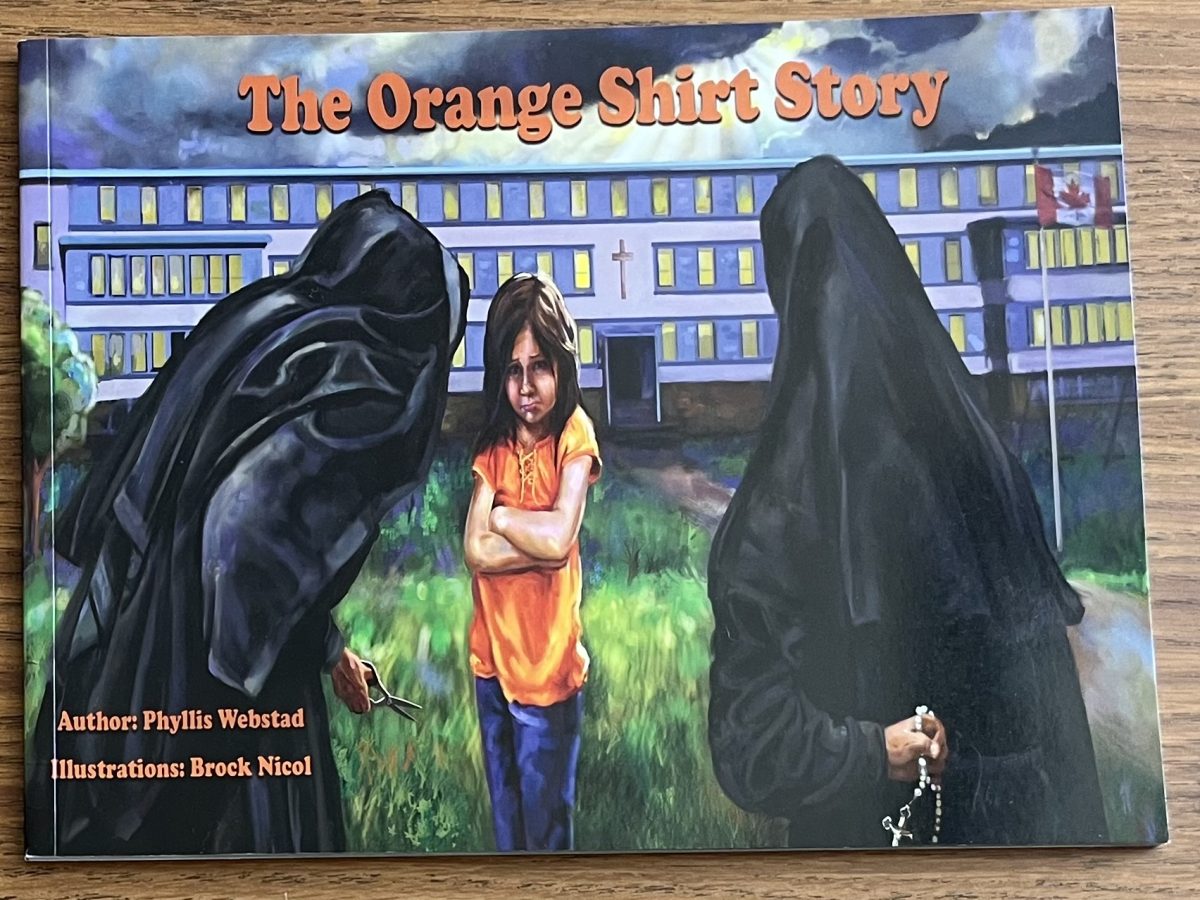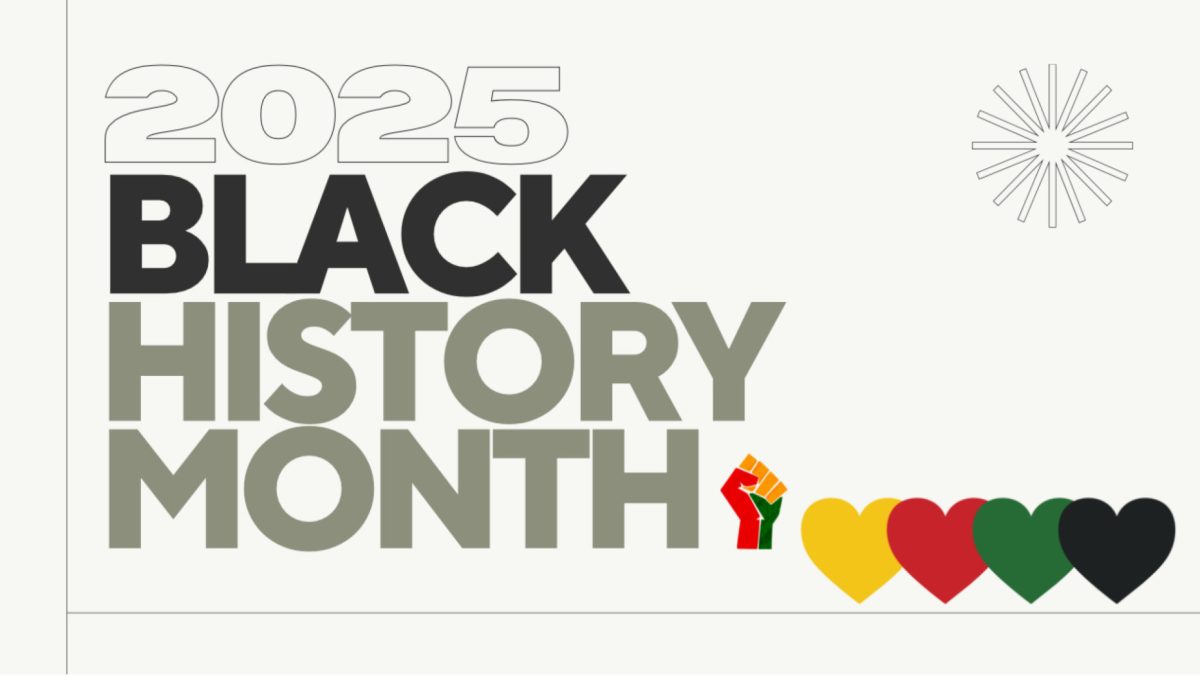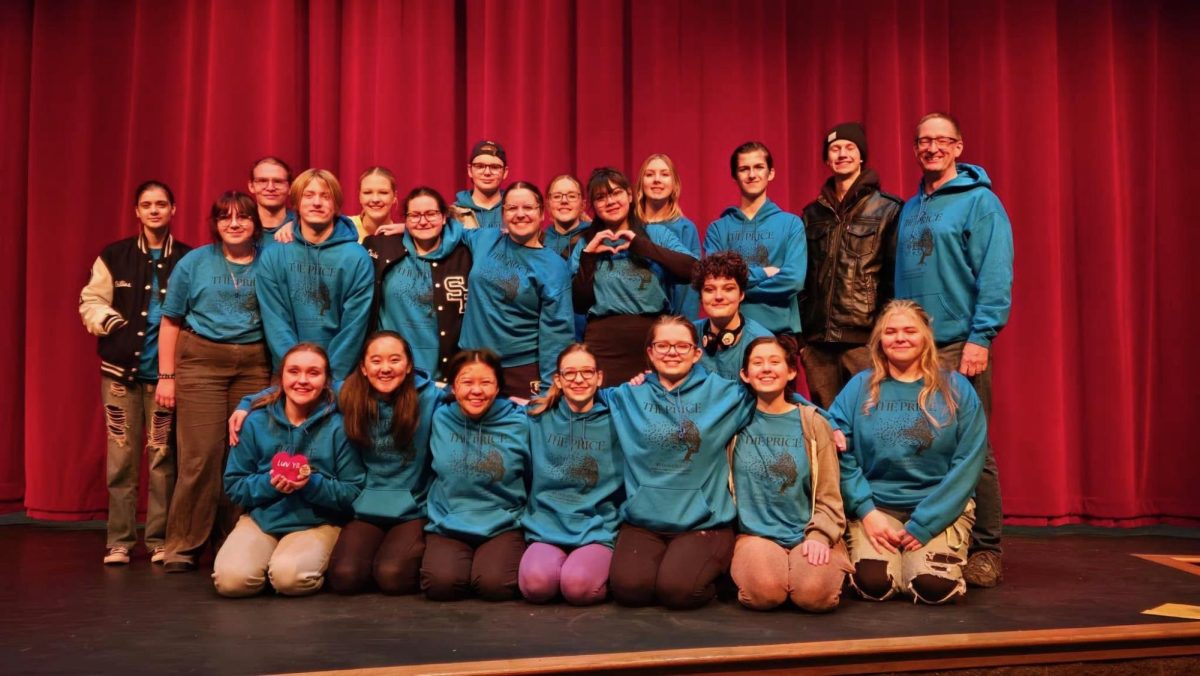When Phyllis Webstad was only six years old, she was placed in “The Mission” boarding school near Williams Lake in Canada. Her grandmother gave her a beautiful new orange shirt to wear for her first day of school.
“When I got there I was stripped, my clothing taken away, including my shiny new orange shirt,” said Webstad on the University of Windsor’s website. “I never saw it again.”
On Friday, September, 30th, the American Indian Education team in St. Francis Area Schools encouraged the community here to wear orange to show its support for what has become “The Day of Remembrance.”
“September 30th every year is recognized as the National Day of Remembrance for Indian boarding schools that were here in the U.S and in Canada,” said American Indian Education Coordinator Haley Dagle
They call it the day of Truth and Reconciliation or orange shirt day because of Webstad’s story. On this day everyone wears orange shirts to remember these boarding schools and the effect they had on Native children.
Webstad’s experience not only stripped her clothing from her, but also her heritage and identity.
“I wanted to go home to Granny. I had to stay there for 300 sleeps,” recalls Webstad. “No matter how much all of us little kids cried, it didn’t matter…our feelings didn’t matter…we didn’t matter.”
When they got home from these boarding schools these people had lost their culture and now had a different way of life. The whole idea of these boarding schools was to strip away the native culture.
“The boarding schools are a really problematic part of our past and I think it’s really important to understand that these things didn’t happen hundreds and hundreds of years ago that’s not when ended,” said Dagle.
There are still people walking around now who went to boarding schools. This is still something that’s very fresh; it’s something that still affects families today according to Dagle.
“It’s really important to learn about days like these and to just strive to keep learning about it,” she Dagle
When people were taken and put into these boarding schools they lost their identity. The Indian Education program wants people to understand that these schools took away their culture and it is important to remember this complicated part of Minnesota History.
“They were forcibly removed,” said Lisa Cicha, who also works with the IE program.
Some went willingly on their own but they were taken from their community. They lived at the boarding school and they learned a new life according to Cicha.
“Our goal is to have as many people wearing them (orange shirts) as possible so that people start asking those questions,” said Dagle.








